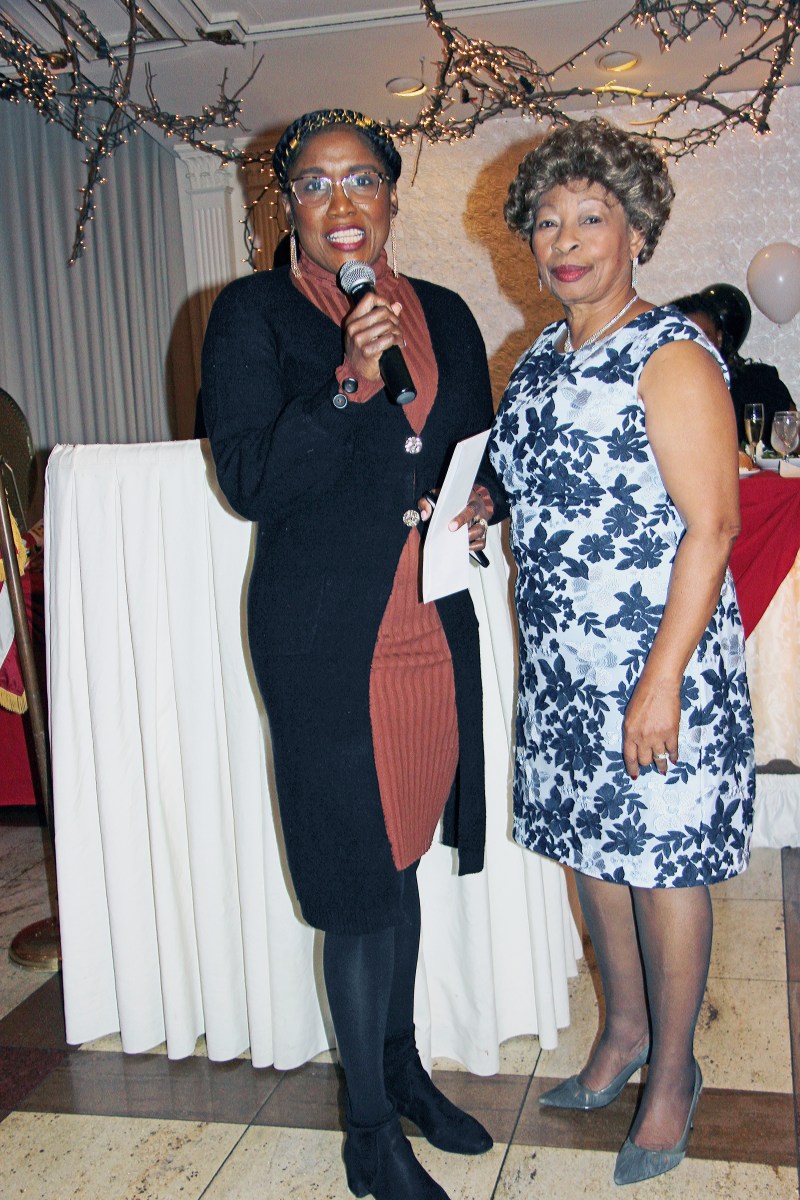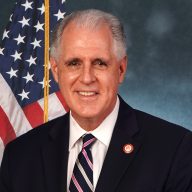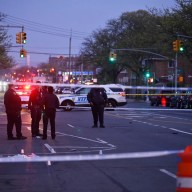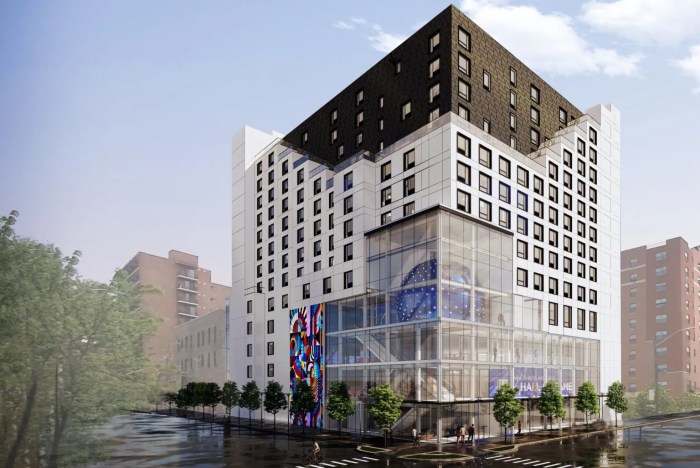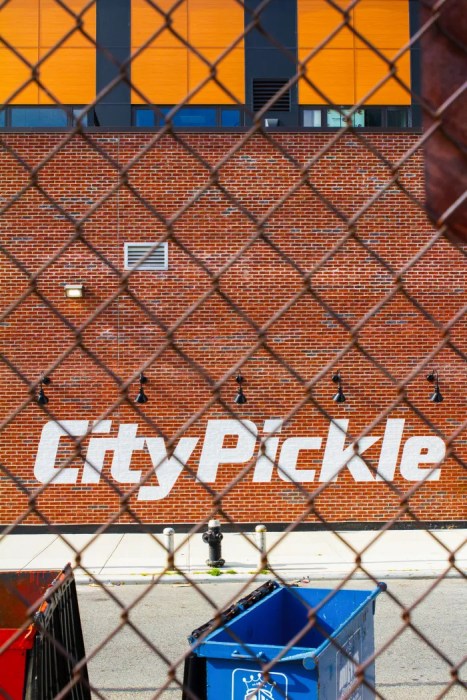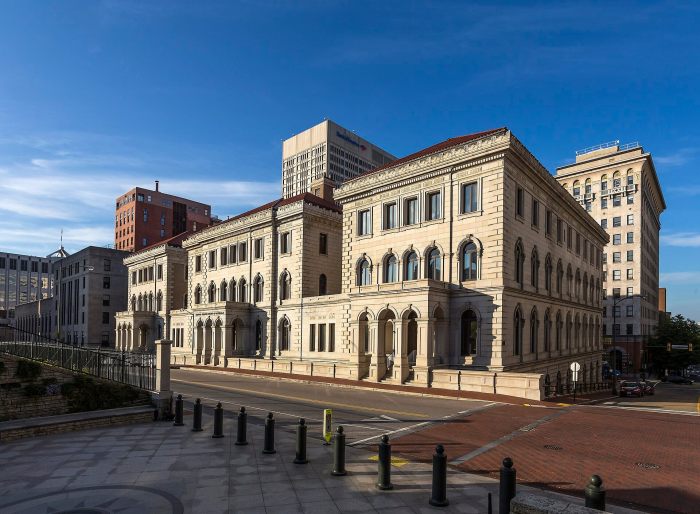Noreen Ellis registered for the NYC Rapid Repairs program the first day it became available. Her home on Beach 122 Street in the Rockaways swallowed seven feet of water, blowing out its electrical, plumbing and heating systems during Sandy. The program promised contact within 48 hours of registering. For six days, her phone went quiet. After reaching out to her local politicians, Rapid Repairs officials scheduled an appointment with Ellis for Tuesday, November 20. They never showed up.
Many residents waiting for assistance from the Rapid Repairs program have reported missed appointments by the city-hired contractors selected to restore services to those in New York City’s Sandy affected neighborhoods. The few whose homes that were inspected said no follow-up visits were made to begin construction.
“Maybe the checks and balances within the system aren’t there,” said Ellis. “I understand there’s a lot of chaos but you don’t reach out to someone and tell them you’ll be there in 48 hours and not go. They have to hold up their end of the bargain.”
According to the mayor’s office, nearly 7,000 homeowners have enrolled in the Rapid Repairs program, more than 4,500 assessments have been scheduled and over 2,000 assessments have been completed. The city allocated $500 million and partnered with FEMA for the no-cost incentive, hiring several private contractors to oversee construction in various locations.
Assemblymember Phillip Goldfeder said his office has received dozens of calls from constituents waiting for call-backs and appointments with representatives from the Rapid Repairs program. According to the official, locals suffer from an overall “bad taste about the progress of the program.”
“The program wasn’t announced until two weeks into the storm. We’re now at five weeks,” said Goldfeder. “The number of people who have gotten back into their home is essentially next to nothing.”
The assemblymember said relying on community feedback and utilizing a “bottom-up” approach instead of hiring elite Manhattan contractors, unfamiliar with the outer boroughs, could make the program more viable.
“I want this program to work, but it has to be severely adjusted,” said Goldfeder.
Ellis believes issues with the program stem from disorganization rather than a lack of compassion.
“I can’t even foster in my mind that someone who sees the devastation doesn’t care,” she said.
Ellis’s husband Stephen, a retired FDNY member, ruptured his patella tendon during the storm, rendering him bedridden with an ankle-to-hip cast and unable to help with repairs. Ellis says that even with its problems, the program may be her only option.
“I can’t say it’s been the smoothest ride but we have to take the ride because unfortunately we don’t have the money to hire an electrician and a plumber. This program is a saving grace because when you’re looking at and electrical system and a heating system — you don’t know how much you’re going to get,” said Ellis. “It was a hard decision to wait rather than put down money we don’t have out of our own pocket.”







